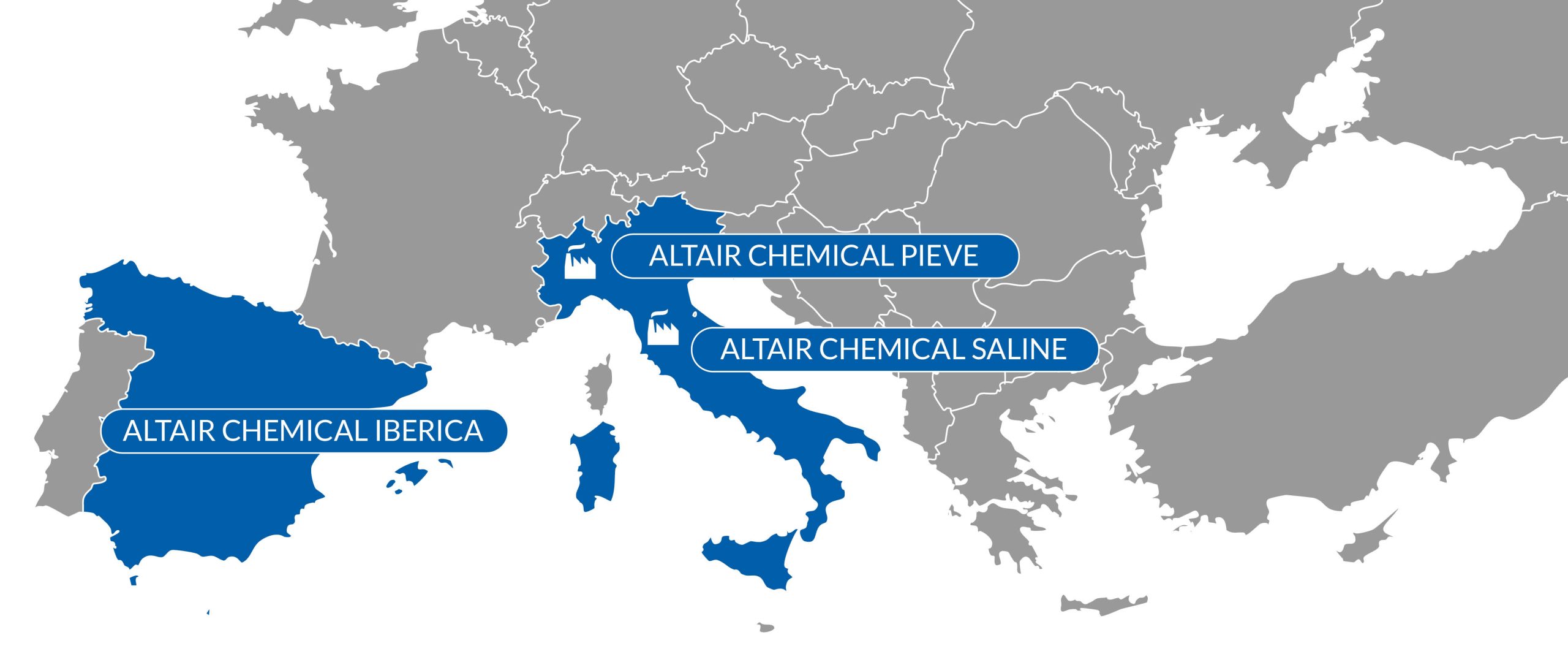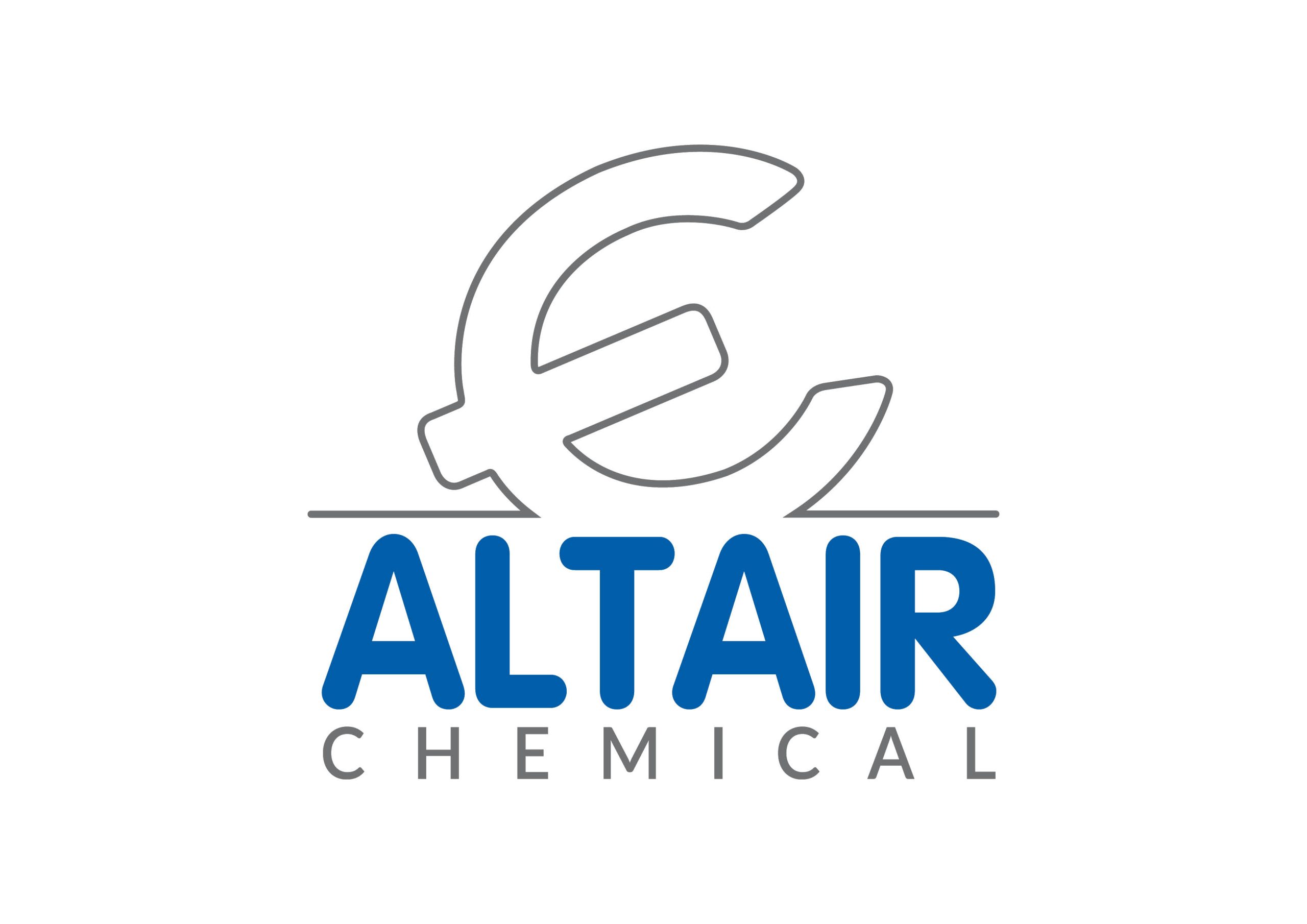
Company profile
Cutting-edge products of excellence
Altair Chemical, part of Esseco Industrial, the Italian division of the Esseco Group, is the newest player in the Italian organic and inorganic chemical industry, specialising in the production and marketing of chlor-alkali, inorganic potassium derivatives and organic chlorine derivatives.
The result of the merger in 2024 of Altair Chimica, in Saline di Volterra, Tuscany (which includes the facility in La Rioja, Spain), and Hydrochem Italia, in Pieve Vergonte, Piedmont, combines the skills and production capacities of the two sites, creating a company that focuses on innovation and environmental, economic and social sustainability within the chemical production sector.
Altair Chemical, like the entire industrial division of the Esseco Group, has embarked on an energetic transition process, actively investing in renewable energy through a combination of photovoltaic, hydroelectric and reuse of process steam, collaborating with Universities and Research Centers.
Saline di Volterra
The plant has revolutionized the European landscape as the first potassium hydroxide (KOH) producer to use membrane cell technology, eliminating mercury from its products.
The new chlorine-potash production plant, built from scratch on a “virgin” site (the so-called “green field project”), to avoid any potential risk of mercury contamination present in old infrastructures, was the first plant of this type in Europe and, from a technological point of view, is still among the most advanced in the world for the production of very high purity inorganic potassium derivatives.
This made it possible to save 30 per cent on energy consumption and 40 per cent on water consumption from the river nearby. Since then, the company has invested more than €50 million in the plant over the past 10 years to increase its production capacity and efficiency and to achieve continuous quality improvements, such as chlorate contamination control, as well as to develop new products and extend its product range.
Pieve Vergonte
Acquired after crisis talks by Esseco Industrial in 2019, the site immediately showed itself to be one of the few national chemical companies that can be considered sustainable from an environmental point of view, as it uses predominantly renewable energy: the Pieve Vergonte industrial plant is, in fact, powered by two hydroelectric power plants, one of them recently rebuilt, which meet about 75% of the energy needs of the site’s production processes.
With the same hydroelectric power, which is completely renewable, the company also produces ”green hydrogen”, which is then used in two chemical processes at the site in the production of heating steam, in accordance with the principles of the circular economy, and in order to reduce CO2 emissions into the atmosphere.

